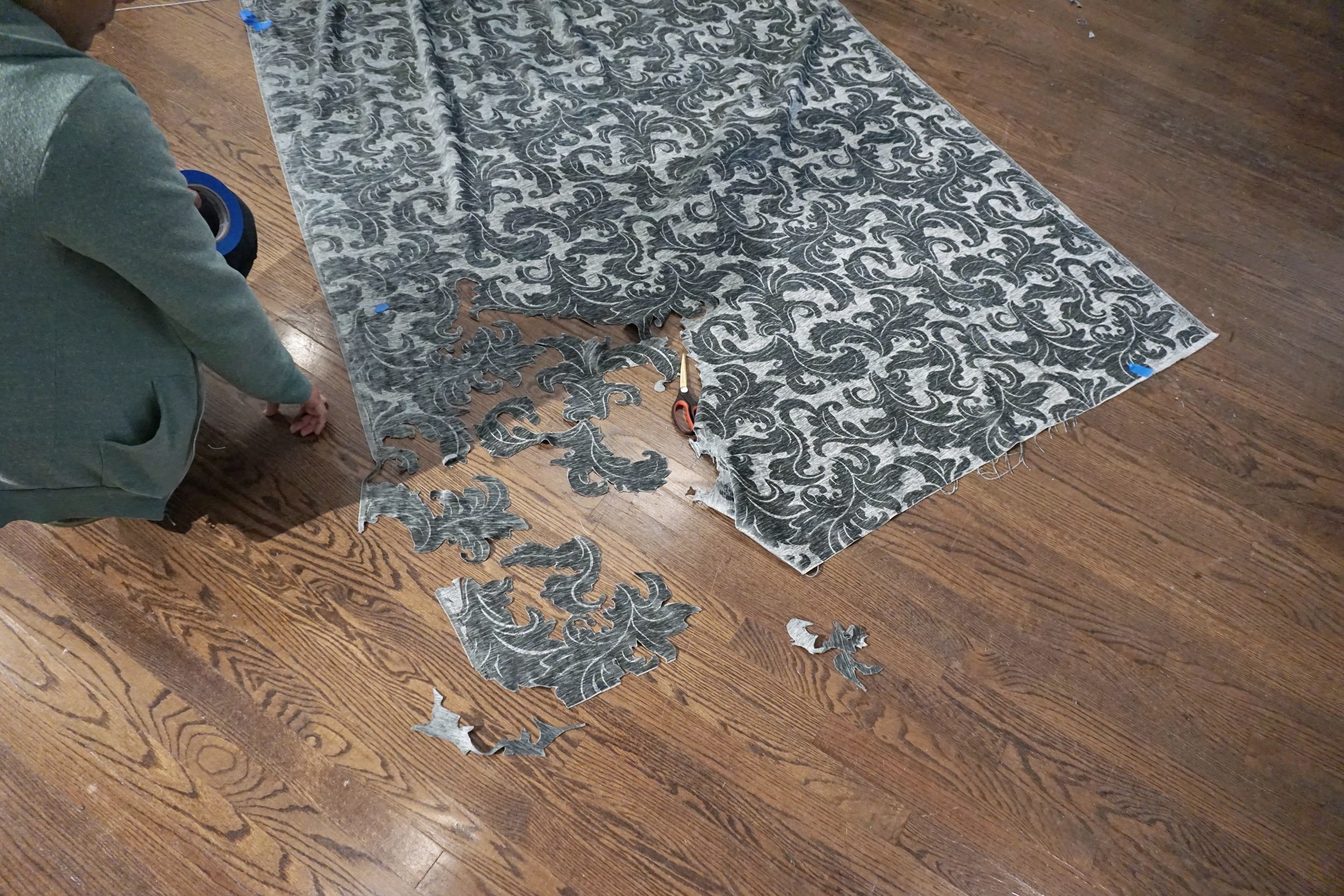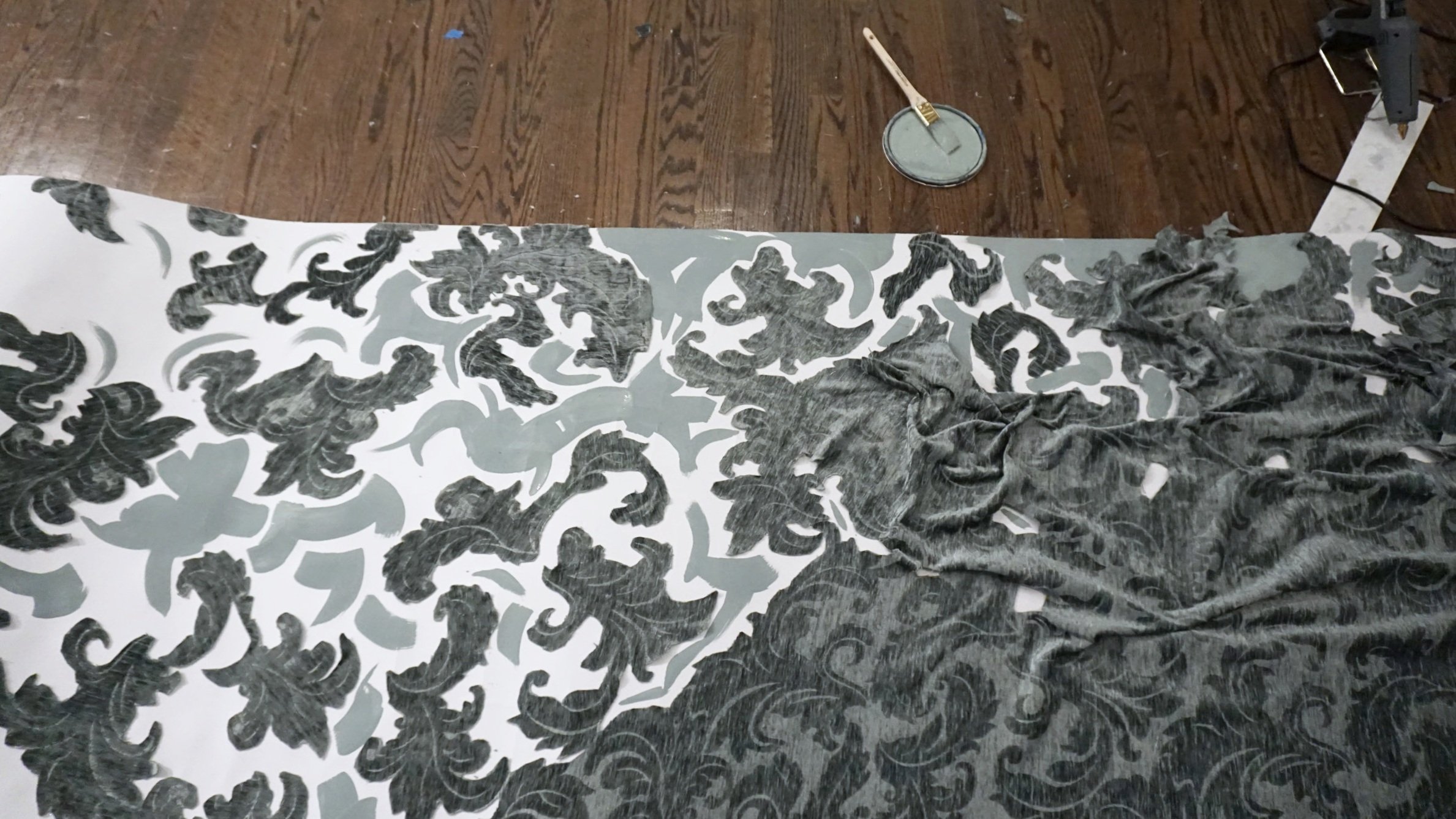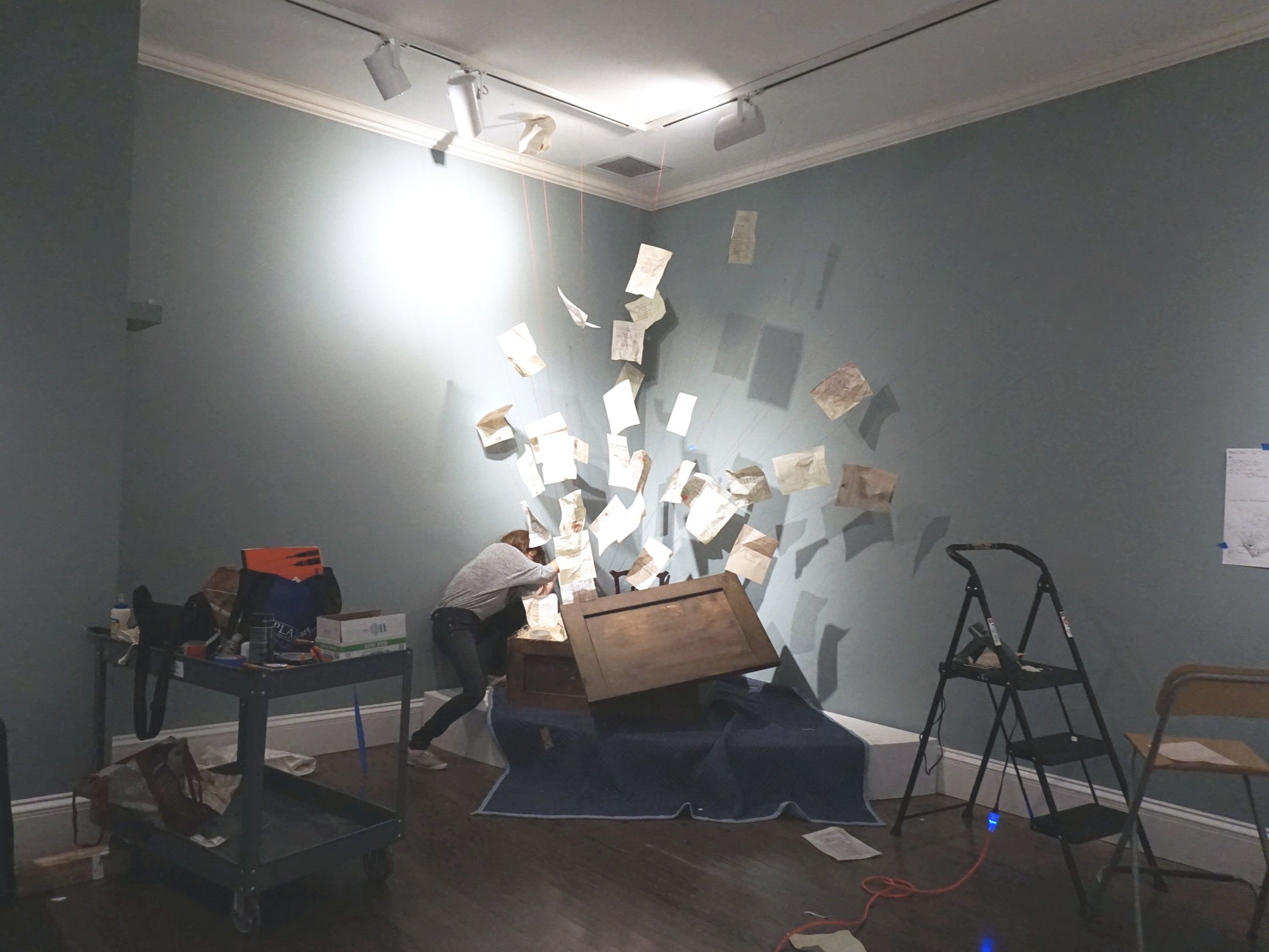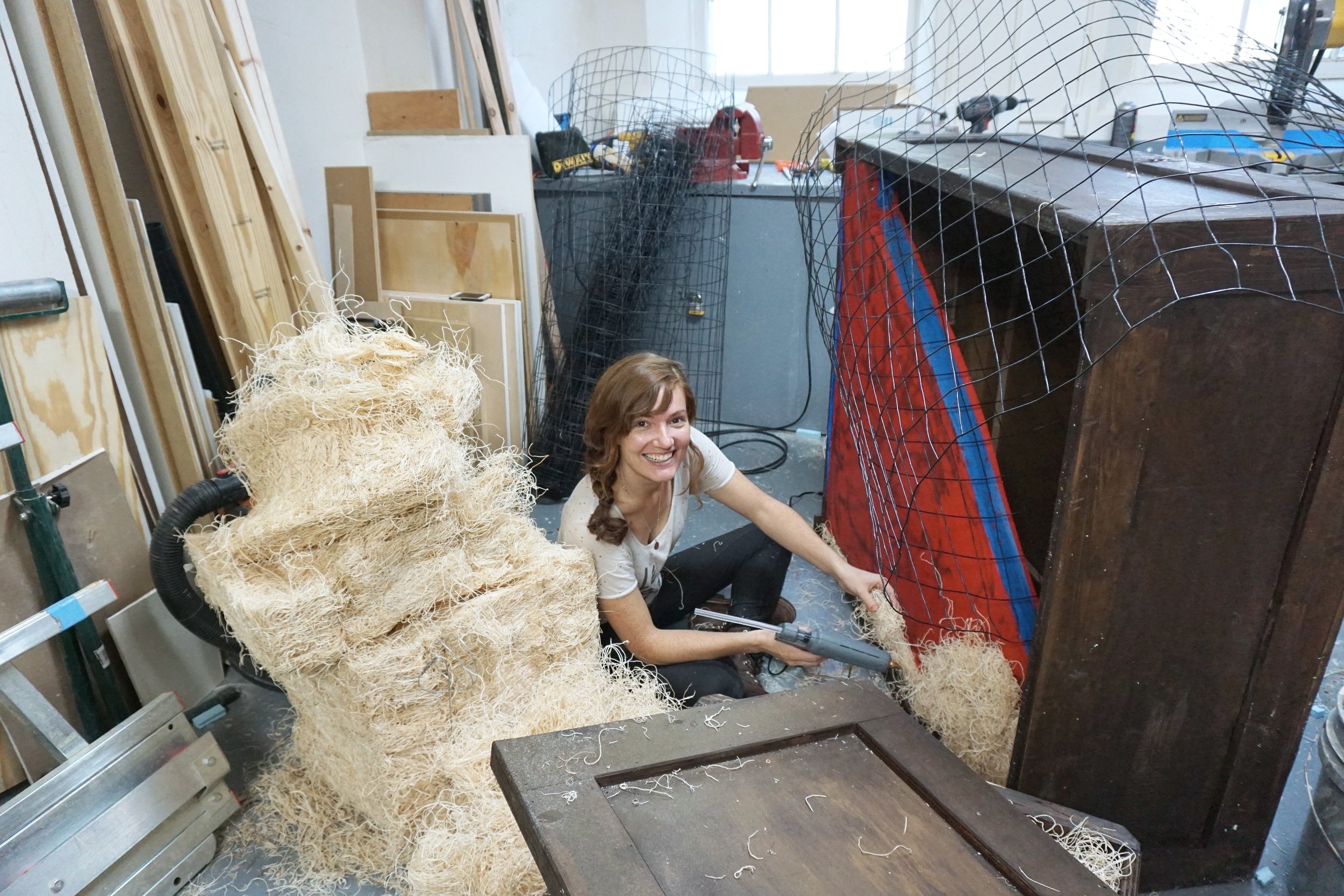Imagined Interiors | Estates of Elegance at the Cheekwood Museum








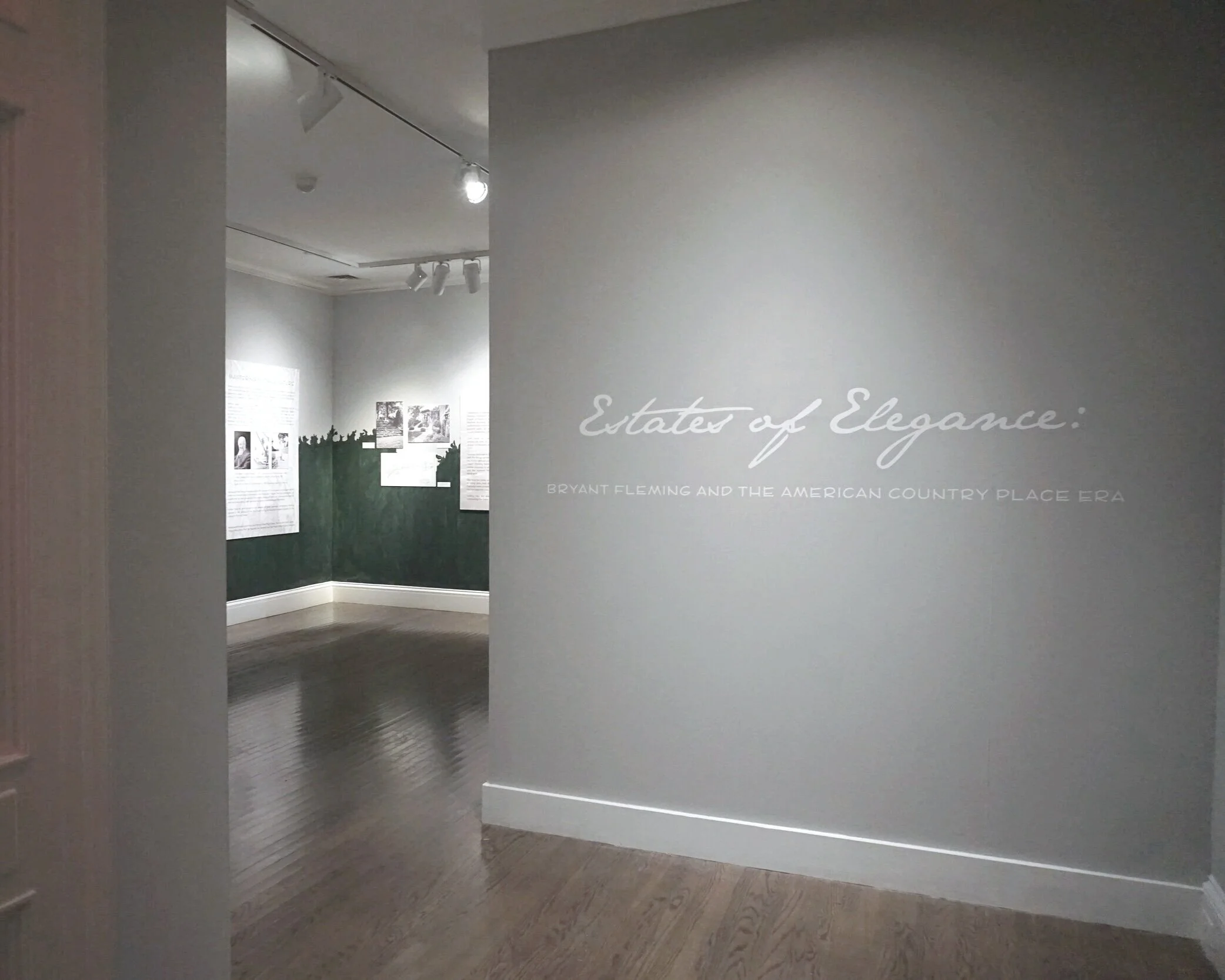


Initial Concept Drawings —
project notes —
In the Spring of 1929, New York based Architect Bryant Fleming was commissioned to design a mansion for the Cheek family. Although the house was built during the height of Art Deco in America, Fleming and the Cheeks wanted to project an “old world” European feeling, ultimately building a Georgian style estate in an unlikely location: Nashville, Tennessee.
Today Cheekwood, serves as serves as an important city landmark, botanical garden, cultural center, and Nashville’s only collecting museum. The Estates of Elegance exhibition explored the architectural history of the house-turned-museum, bringing in artists and historians to develop an exhibition narrative around the estate itself. The show explored the building’s history and wider significance in the American Country Place movement.
Curator Leslie Jones developed this exhibition as a part of her ongoing research on the site, and invited me to translate the history of this building into two, playful installation pieces to engage a wider audience with the history and architectural significance of Cheekwood.
My installation focused on the fantastical ideas (and in some senses, the historical fiction) Fleming employed by importing furniture and textiles from failing European estates in order to create Cheekwood. By building in the Georgian style, he was in essence projecting old world economic structures of the European ruling class onto this “new money” American family, allowing them to borrow symbols of power that would be uncontested in the largely rural landscape of Tennessee. Imagining Cheekwood as a whimsical fairytale composed of imported European elements, I built an installation centered on one of the few physical artifacts from that time in the collection, Flemings’ sketchbook. This notebook, which could be seen in a display case in the next room, became a jumping off point for an almost Disney inspired sculptural montage, as the sketch in Fleming’s notebook materialises before our eyes, bolts of fabric tumbling out of a shipping crate stamped with the European import marks.
I wanted to visually interrupt the relatively clean lines of the contemporary, renovated space of the galleries with the more baroque aesthetics of the original main floor of the house. It was also important to remind visitors that Cheekwood, even the “authentic” or “original” portions of the building, is in some ways a fantasy, since it was built well after the Georgian period out of imported elements from earlier periods. In short the Cheek family, lacking the lavish heirlooms of centuries of inheritance, bought those heirlooms, and created their own history.
Looking at the mansion this way, paradoxically, adds to its historical importance alongside other Southern mansions like the Biltmore Estate in Asheville, because it helps outline the cultural confusion of European migrants in the United States. As an artist, it was also an opportunity to meditate on the fantastical nature of exhibition making and what ethical considerations we owe a viewer as we build engaging exhibition content. An exhibit, after all, relies on staging, simulation, and theatrical elements: fictions that convey factual content.
in progress photos from the build —


